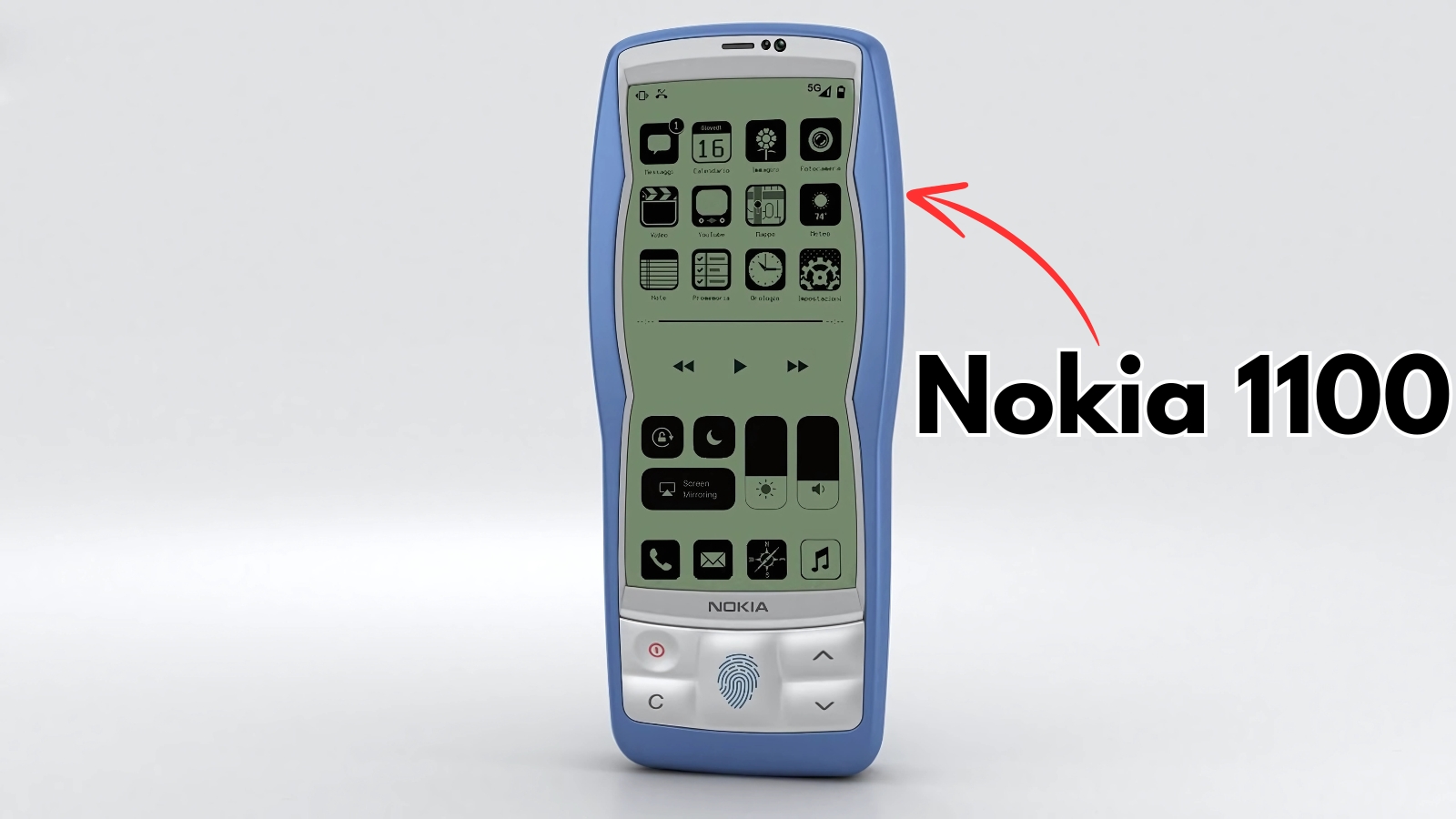Nokia 1100 : The Nokia 1100 stands as perhaps the most iconic mobile phone in Indian history, representing a device that fundamentally changed how millions of Indians communicated and connected with each other.
Released in 2003, this simple yet revolutionary phone became the gateway to mobile communication for countless Indian families, selling over 250 million units worldwide with a significant portion of those sales occurring in India where it achieved legendary status for its reliability, affordability, and user-friendly design.
The Phone That Democratized Mobile Communication
The Nokia 1100 arrived at a pivotal moment in Indian telecommunications history when mobile phones were transitioning from luxury items to essential communication tools.
Its unprecedented affordability made mobile communication accessible to India’s emerging middle class, small business owners, and even rural communities who had previously been excluded from the mobile revolution due to high device costs and complex features.

The phone’s impact extended far beyond individual users to transform entire communities and business ecosystems. Small shopkeepers could communicate with suppliers, farmers could check market prices, and families separated by distance could maintain regular contact for the first time.
This democratization of communication technology contributed significantly to India’s social and economic development during the early 2000s.
Design Simplicity That Defined Accessibility
The Nokia 1100’s design philosophy prioritized simplicity and functionality over advanced features, making it immediately accessible to users who had never owned a mobile phone before.
The monochrome display, straightforward keypad, and intuitive menu system required no learning curve, enabling users of all ages and technical backgrounds to operate the device confidently from the first day.
The robust construction became legendary among Indian users who often subjected their phones to challenging environmental conditions.
The device’s ability to withstand extreme temperatures, humidity, dust, and physical impact made it ideally suited for India’s diverse climatic conditions and intensive usage patterns. This durability created stories and folklore around the Nokia 1100’s indestructibility that persist even today.
Battery Life That Matched Indian Infrastructure
One of the Nokia 1100’s most celebrated features was its exceptional battery life, which could extend for days or even weeks depending on usage patterns.
This extended battery performance proved crucial for Indian users who often lacked reliable electricity infrastructure or needed their phones to remain functional during frequent power outages common in many regions.
The phone’s power efficiency meant that users could rely on their device for essential communication even when other electronic devices failed due to power issues.
This reliability during emergencies and everyday situations where power availability was uncertain made the Nokia 1100 an indispensable communication tool for millions of Indian families.
Cultural Impact and Social Transformation
The Nokia 1100 played a crucial role in transforming Indian social communication patterns, enabling real-time conversations that were previously impossible or prohibitively expensive.
The device facilitated new forms of social interaction, business communication, and family connections that fundamentally changed how Indians maintained relationships and conducted daily activities.
The phone’s ring tones, basic games, and customization options became part of Indian popular culture, with users sharing content and personalizing their devices despite the limited technical capabilities.
This cultural integration made the Nokia 1100 more than just a communication device; it became a social accessory that reflected personal identity and social connections.
Economic Significance for Indian Families
For many Indian families, the Nokia 1100 represented their first significant investment in modern technology, marking an important milestone in their economic progress and social mobility.
The device’s affordability made it accessible to families who had to carefully budget for such purchases, while its reliability ensured that the investment provided long-term value.
The phone’s low maintenance requirements and minimal operating costs made it economically sustainable for users with limited disposable income.
The availability of pre-paid service plans and the device’s efficient power consumption meant that families could maintain mobile connectivity without straining their budgets significantly.
Service Network and Community Support
The Nokia 1100’s success in India was supported by an extensive service network that provided maintenance and repair services even in smaller towns and rural areas.
Local mobile phone repair shops developed expertise in servicing the device, creating a community-based support system that kept phones functional for years beyond their expected lifespan.
This widespread service availability contributed to the phone’s reputation for longevity and reliability, as users could easily find skilled technicians and replacement parts when needed.
The service ecosystem around the Nokia 1100 demonstrated how successful technology products could create supporting industries and employment opportunities in local communities.
Legacy and Lasting Influence
The Nokia 1100’s influence on Indian mobile culture extends far beyond its commercial success, as it established expectations for mobile phone reliability, battery life, and user-friendly design that continue to influence consumer preferences today.
Many Indians who started their mobile communication journey with the Nokia 1100 developed brand loyalty and product expectations that persist in their current smartphone choices.
The device’s impact on Indian society included enabling new forms of economic activity, improving emergency communication capabilities, and connecting communities that had previously been isolated from real-time communication networks.
These social and economic benefits contributed to India’s overall development during a crucial period of technological transition.
Nokia 1100 battery is powerful
Today, the Nokia 1100 enjoys cult status among Indians who remember it as their first mobile phone, representing a simpler era when devices were built to last and served essential communication needs reliably.
Social media discussions often feature nostalgic references to the device’s durability, simplicity, and the important role it played in users’ personal and family histories.
The phone remains a symbol of accessible technology that served real needs effectively, establishing principles of durability, affordability, and user-focused design that continue to define expectations for mobile devices in the Indian market.